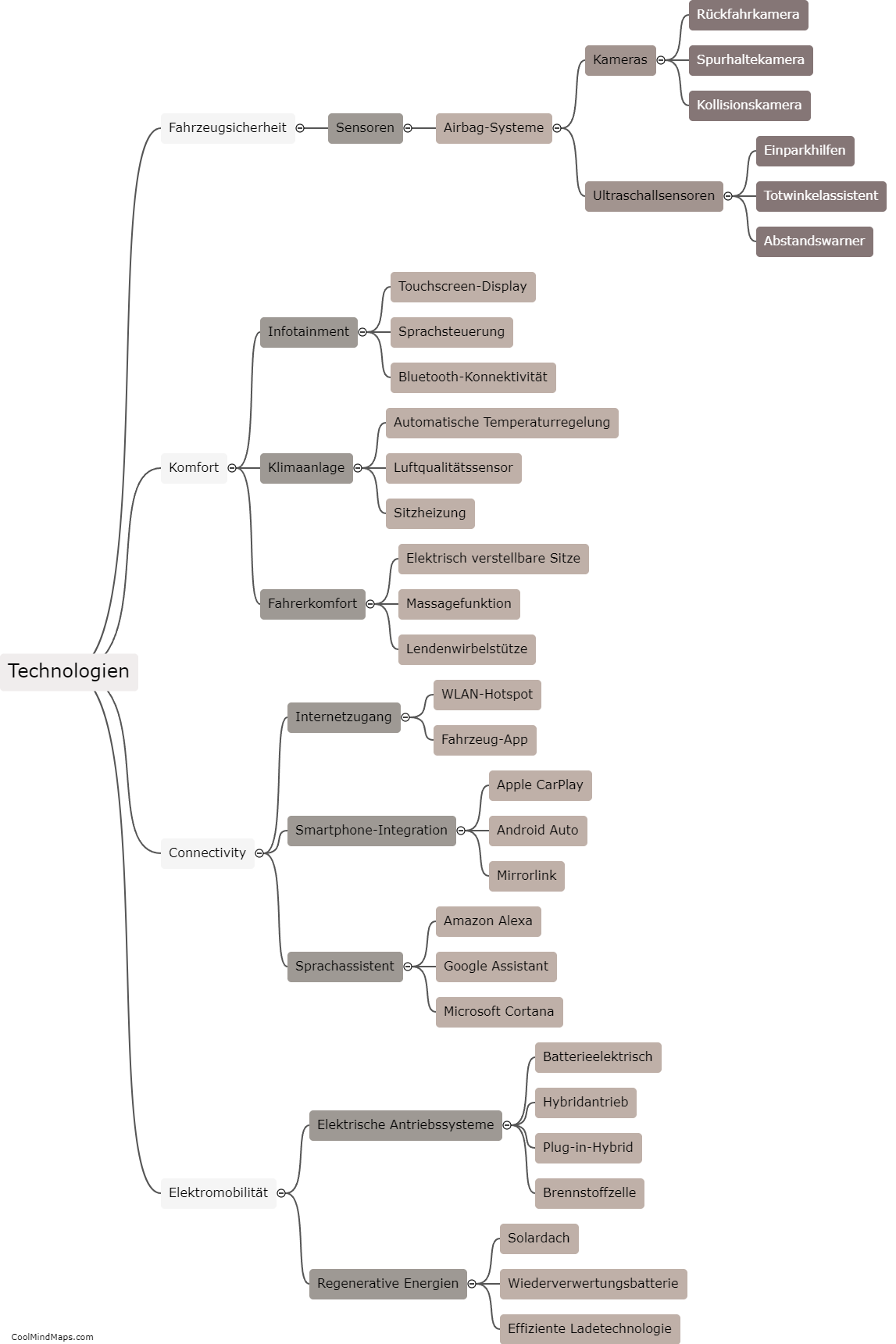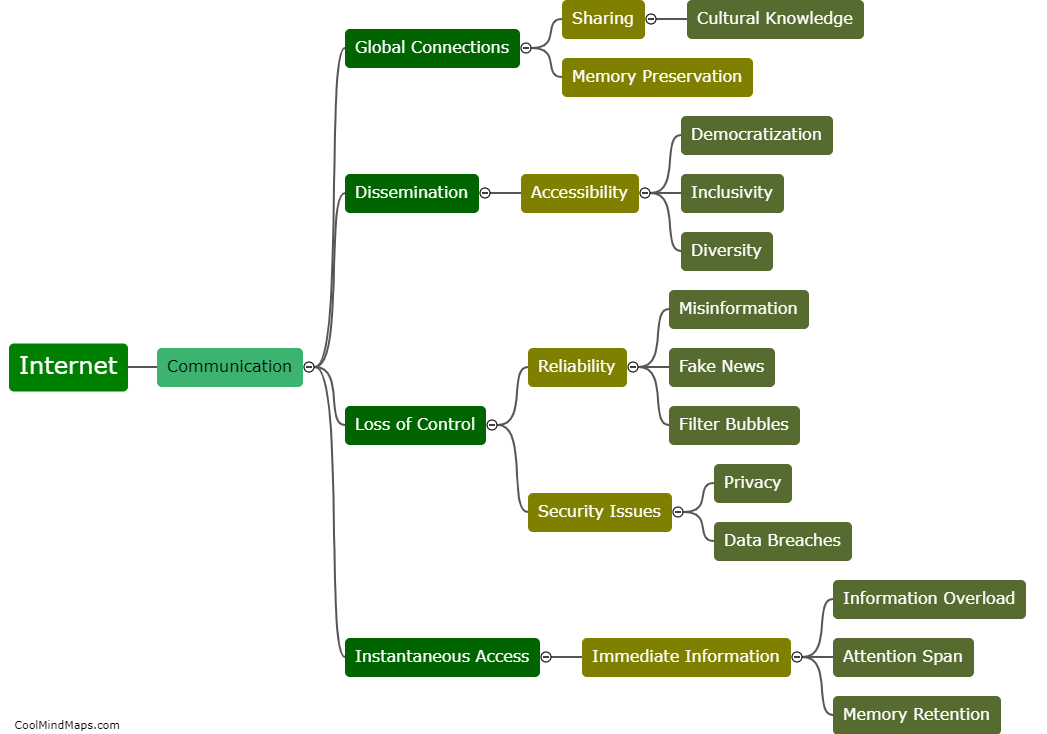What role does art play in cultural memory?
Art plays a significant role in preserving and shaping cultural memory. Throughout history, artists have been essential in recording, interpreting, and transmitting cultural beliefs, traditions, and stories. By capturing historical events and societal norms through various artistic mediums such as paintings, sculptures, literature, music, and film, art becomes a powerful tool for preserving a collective memory of a culture. Art not only reflects the values and beliefs of a particular era but also has the capability to evoke strong emotions, trigger nostalgia, and ignite communal discussions. It serves as a visual and sensory reminder of a society's past, ensuring its collective memory lives on and is passed down to future generations. Additionally, art provides a platform for marginalized or underrepresented voices, allowing them to challenge dominant narratives and contribute to a more diverse cultural memory. Overall, art reinforces and enriches our understanding of cultural history and serves as a bridge between the past, present, and future.

This mind map was published on 23 October 2023 and has been viewed 94 times.











